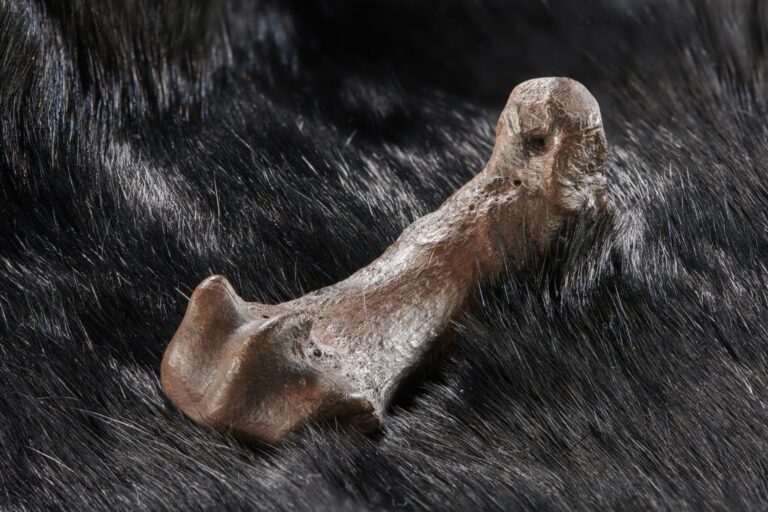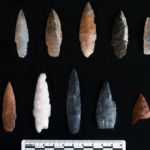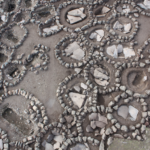Humans have been using bear skins for at least 300,000 years
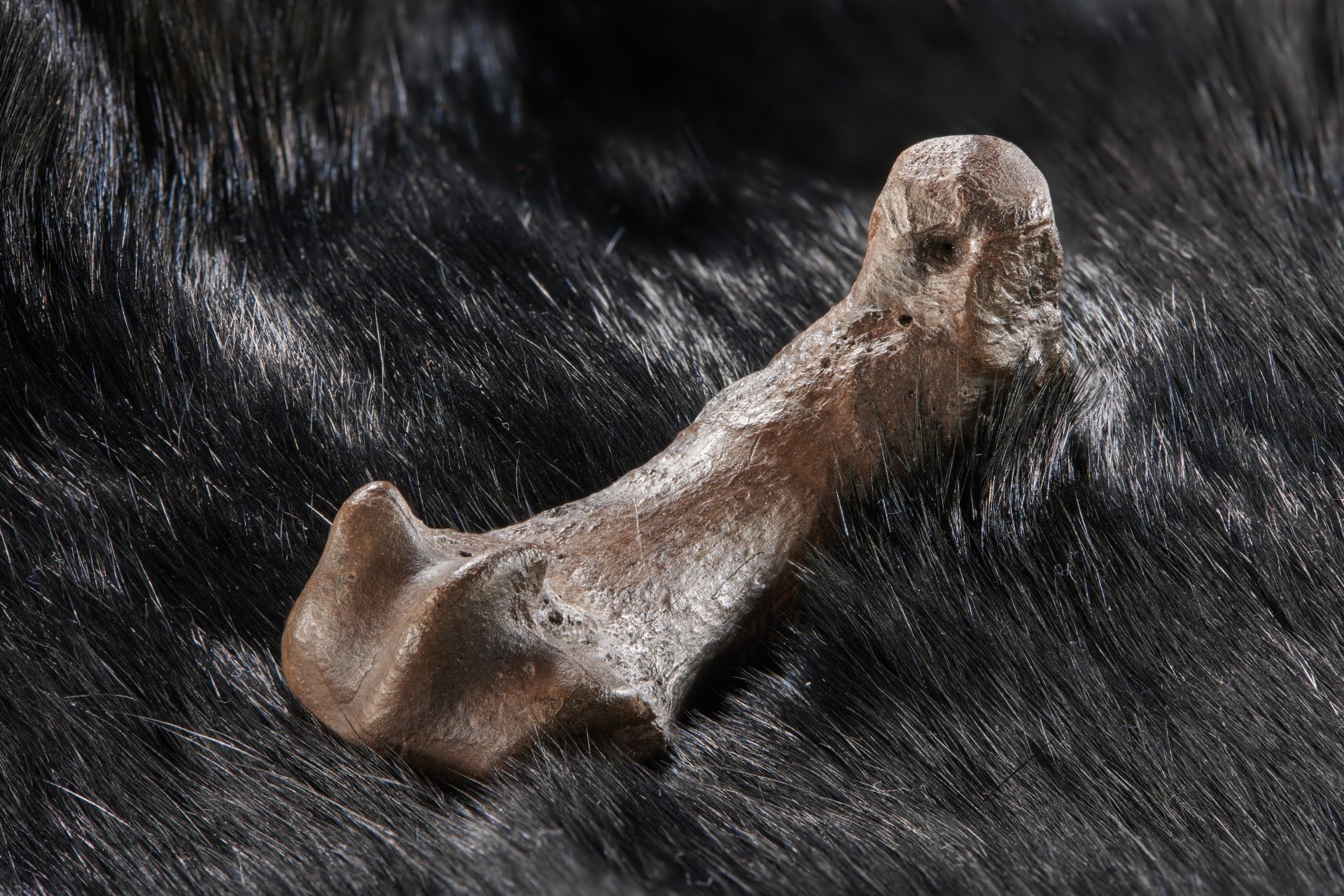
Humans have been using bear skins to protect themselves from cold weather for at least 300,000 years. This is suggested by cut marks on the metatarsal and phalanx of a cave bear discovered at the Lower Paleolithic site of Schöningen in Lower Saxony, Germany. This makes it one of the oldest examples of this type in the world. The research was conducted by an archaeological team from the University of Tübingen, the Senckenberg Centre for Human Evolution and Palaeoenvironment (SHEP) in Tübingen, together with a colleague from Leiden University. This study was published in the Journal of Human Evolution.
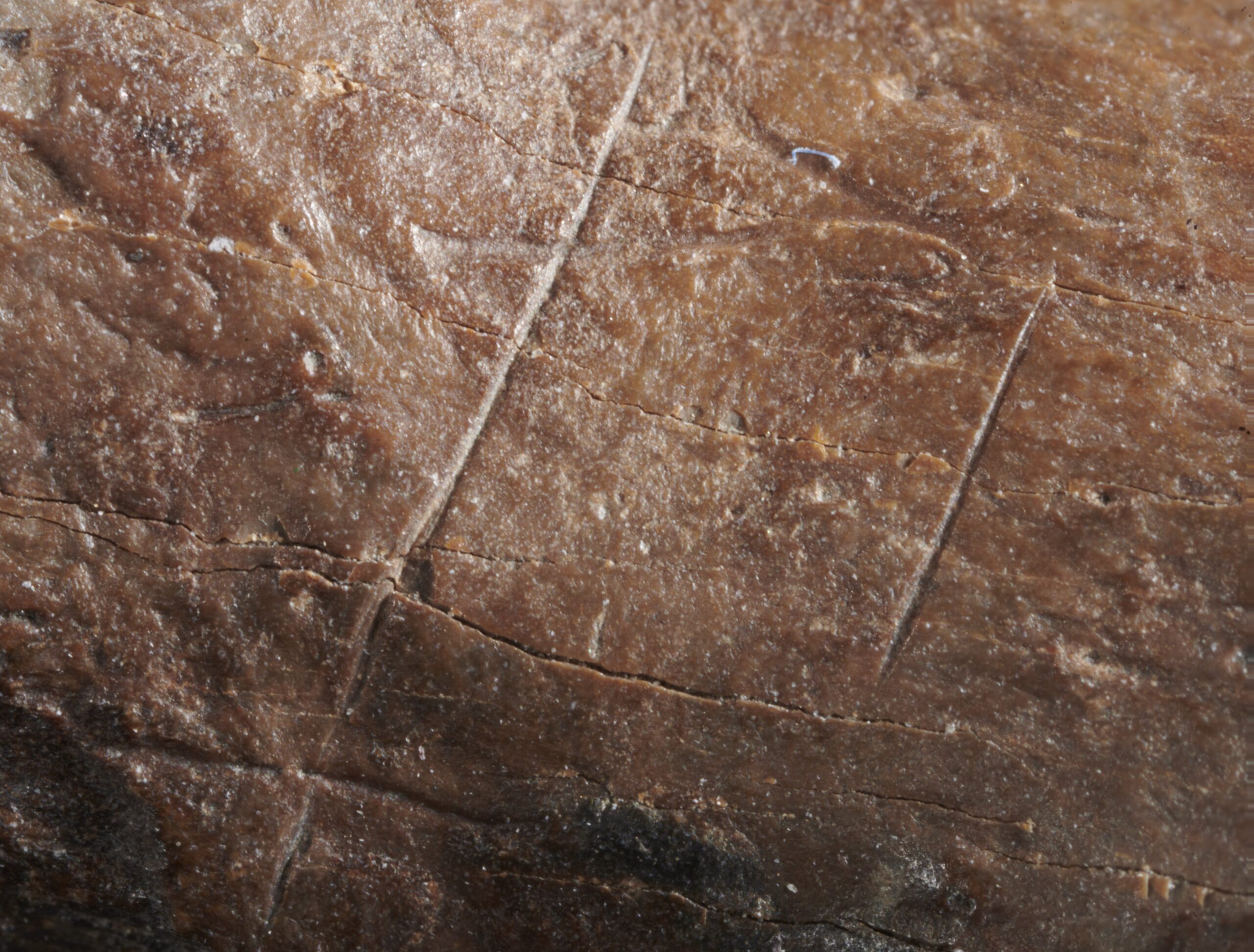
“Cut marks on bones are often interpreted in archaeology as an indication of the utilization of meat,” explains Tübingen researcher Ivo Verheijen. “But there is hardly any meat to be recovered from hand and foot bones. In this case, we can attribute such fine and precise cut marks to the careful stripping of the skin.” A bear’s winter coat consists of both long outer hairs that form an airy protective layer and short, dense hairs that provide particularly good insulation. Bears, including extinct cave bears, needed a highly insulating coat for hibernation. “These newly discovered cut marks are an indication that about 300,000 years ago, people in northern Europe were able to survive in winter thanks in part to warm bear skins,” says the researcher, a doctoral student in the Schöningen research project and employee of the State Heritage Office of Lower Saxony.
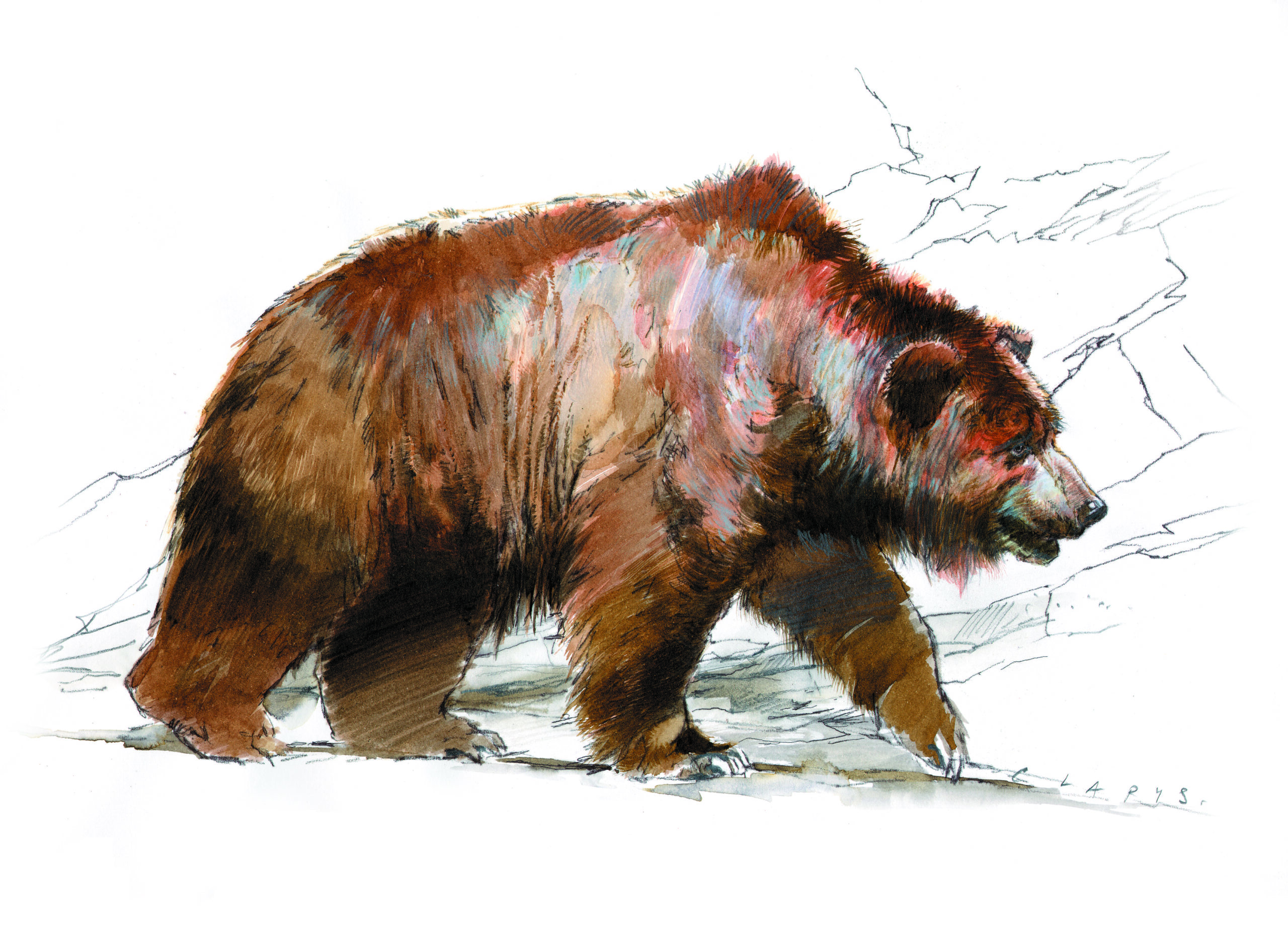
Strong indication for hunting
But how were the bear skins obtained? “Schöningen plays a crucial role in the discussion about the origin of hunting, because the world’s oldest spears were discovered here,” Ivo Verheijen continues. Did the people of that time also hunt bears? “There are some indications for this,” says the researcher. “If only adult animals are found at an archaeological site, this is usually considered an indication of hunting – at Schöningen, all the bear bones and teeth belonged to adult individuals.” In addition, he said, bear skin must be removed shortly after the animal’s death, otherwise the hair is lost and the skin becomes unusable. “Since the animal was skinned, it couldn’t have been dead for long at that point,” Verheijen explains.
The find opens up a new perspective, says Tübingen Professor Nicholas Conard, head of the Schöningen research project. The location of the cut marks indicates that the cave bears were also exploited for their skins.
“So animals were not only used for food, but their pelts were also essential for survival in the cold,” Conard says.
The use of bear skins is likely a key adaptation of early humans to the climate in the north.
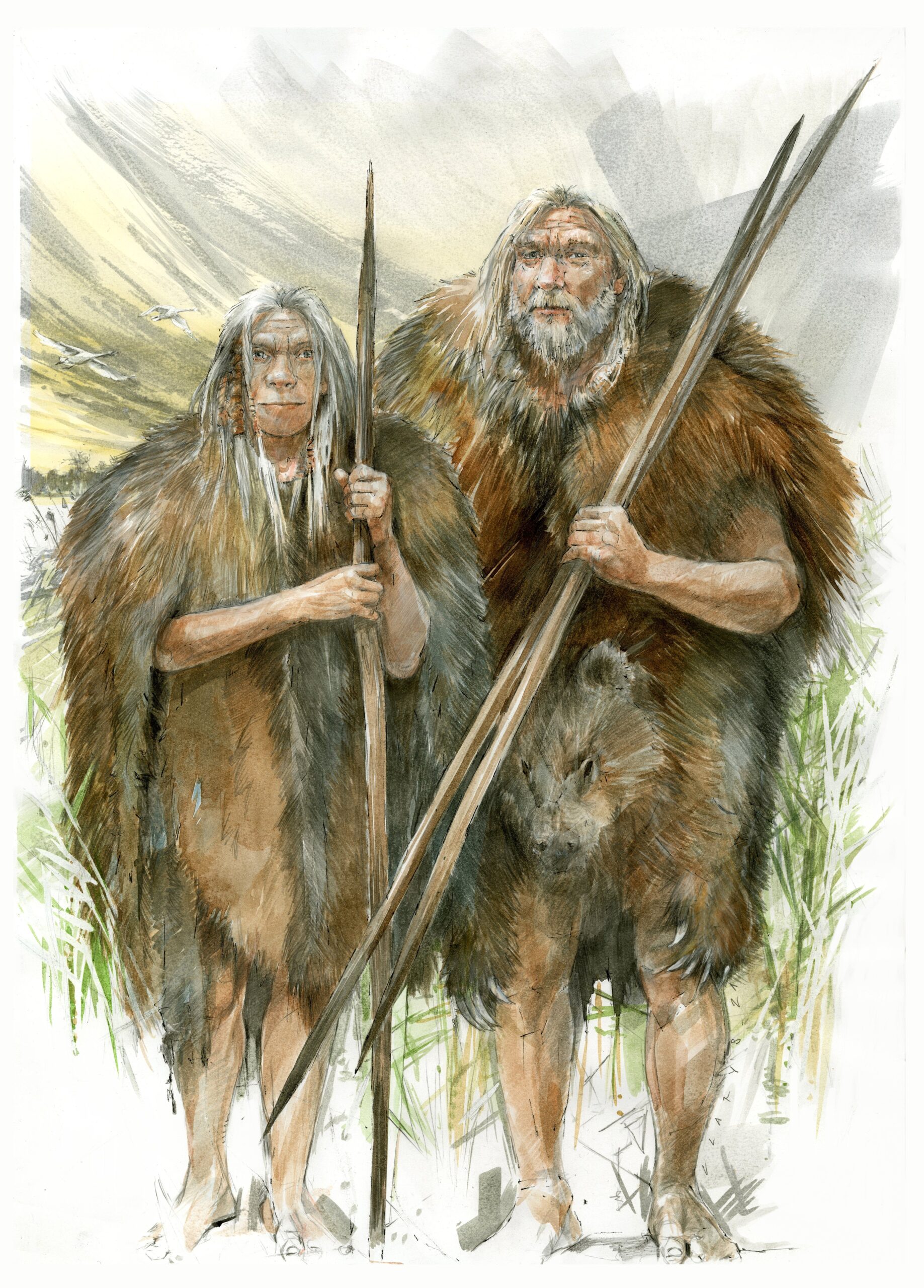
The archaeological excavation at the Paleolithic sites in Schöningen and the scientific research are a long-term project of the University of Tübingen in cooperation with the Senckenberg Centre for Human Evolution and Palaeoenvironment Tübingen and the State Heritage Office of Lower Saxony. The project is funded by the Lower Saxony Ministry of Science and Culture in Hannover.
Publication:
Ivo Verheijen, Britt M. Starkovich, Jordi Serangeli, Thijs van Kolfschoten, Nicholas J. Conard 2022. Early evidence for bear exploitation during MIS 9 from the site of Schöningen 12 (Germany), Journal of Human Evolution, https://doi.org/10.1016/j.jhevol.2022.103294
Press release from the University of Tübingen

